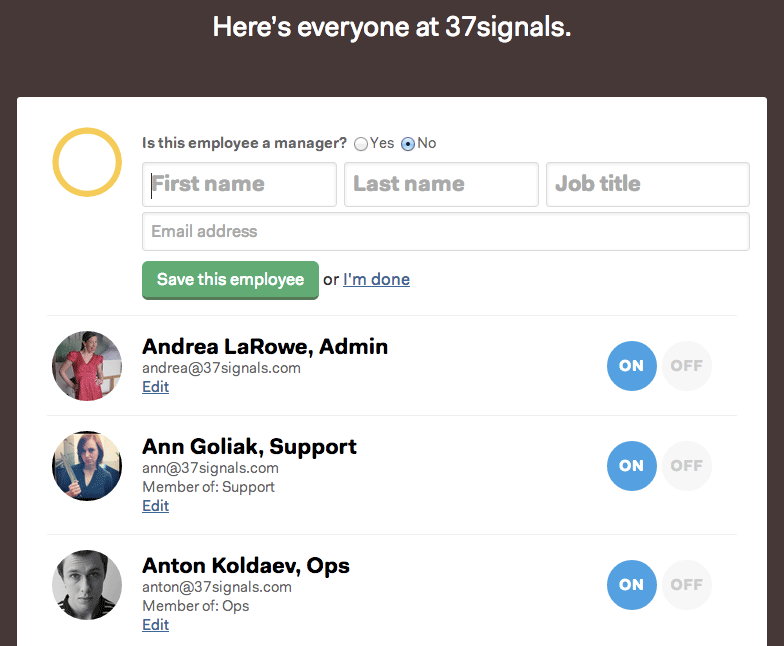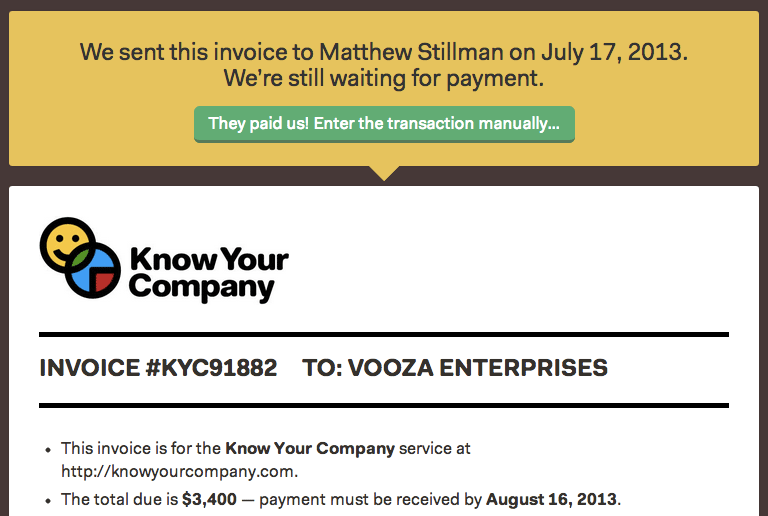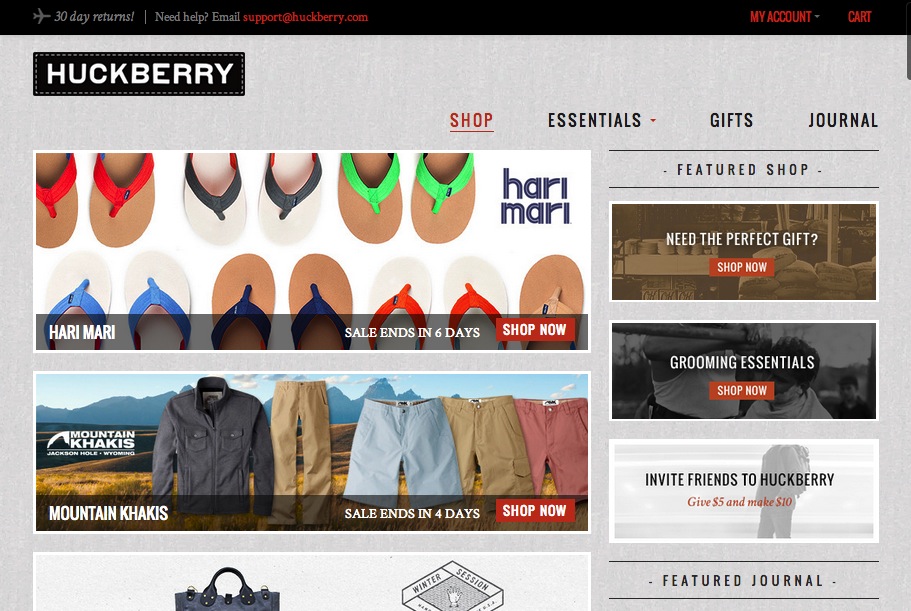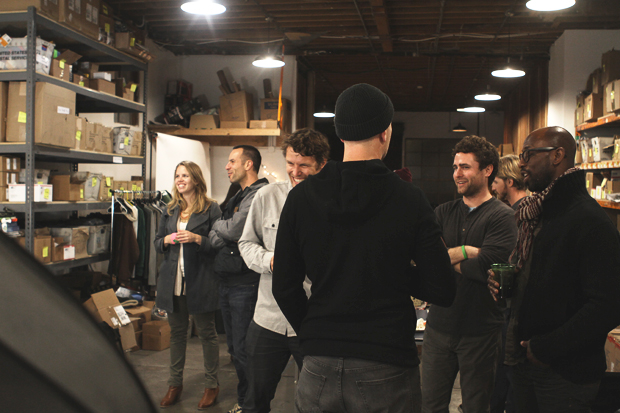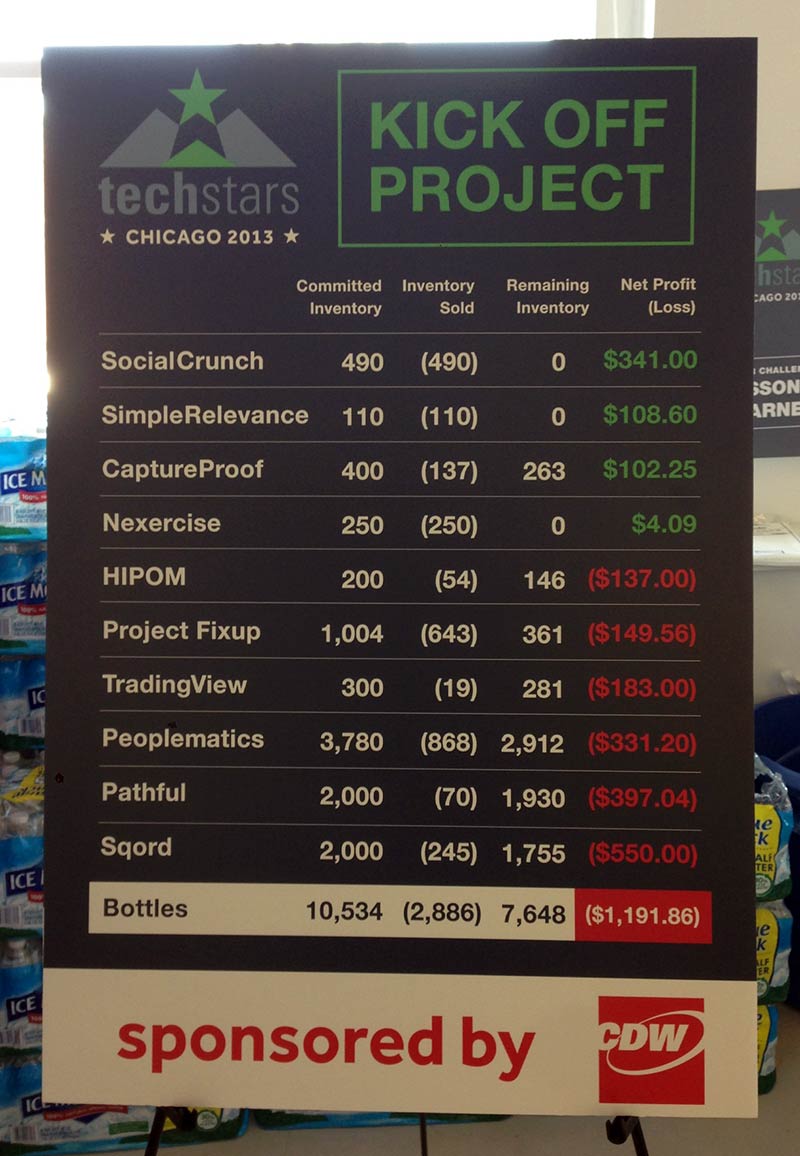It wasn’t as though John Horton, President of LegitScript, never sought outside funding for his company. He just didn’t have any luck.
“They all told us we were dumb for the business idea,” he says, “that it would never work.”
To be fair, the idea was a tough sell.

After years as a prosecutor working on drug cases and a stint as Assistant Deputy Director at the White House Drug Policy Office, Horton was getting ticked at the vast, complex “rogue Internet pharmacy” problem and the lack of any way to combat it. At any time, an estimated 35,000-40,000 sites are offering prescription drugs online. Of those, a mind-boggling 97% are illegitimate — meaning they violate laws or regulations, fail to adhere to medical and safety standards, or engage in fraudulent or deceptive business practices.
Ginormous companies like Visa, Microsoft, and Twitter had no way to ensure they weren’t doing business with cybercriminals. Some were getting slapped with significant fines; others needed a way to stymie the crummy user experience of clicking on ads for bogus sites. That’s where Horton wanted to step in, by monitoring the web for counterfeit drug sales, shutting down illegal operations and providing trustworthy information to consumers.
It was May 2007. Cocky first-time founder that he was, Horton figured he could get things up and running in about six months. Two and a half years later, he had run his personal finances into the ground. Still no one was buying it.
It was the classic scenario where VC firms scratched their heads, and said, ‘So, wait: you want companies to pay you to help them lose customers … and want to give the rest of the information away to the public for free?’ They all told me it would never work and my business plan sucked. So, I decimated my life savings, maxed out my credit cards, sold my car, refinanced my condo, borrowed as much money as I could, and got down to having $350 in the bank and was probably a few weeks away from bankruptcy.
It was at that moment — when dogged perseverance finally met with good timing — that Google saved LegitScript by becoming its first customer. “The reputation is true,” Horton says. “They’re a pretty open, receptive company. It was one of those things where they weren’t quite ready at first, but persistence pays off.”
Persistence continued to pay off and other companies — Microsoft, GoDaddy, Twitter, Visa, various registrars and ISPs, government agencies — began hiring LegitScript to keep their platforms clean, via its combo of automated algorithms and old-fashioned detective work. “We’re basically cybercrime investigators who help major platforms make sure that they aren’t inadvertently profiting from shady or illegal stuff,” Horton says.
LegitScript now has the world’s largest database of Internet pharmacies in over a dozen languages, and its team, currently about 30 strong, continues to grow. Employees speak English, Spanish, French, German, Dutch, Portuguese, Indonesian, Thai, Japanese, Chinese, Korean, Hebrew, Russian, Turkish, and Dog.
That last language would be the native tongue of Parker, LegitScript’s office dog. The chocolate Lab greets visitors, has her own internal email address (you can discuss the finer points of Milk Bones vs. Yummy Chummies with her here), and is a trusted panelist at all job interviews. “There’s only been one time where she just did not like the person,” Horton recalls. “He seemed like a really good developer, and a couple weeks later, the guy ended up getting arrested.”
Parker’s not the only staff member “doing battle with the bad guys,” as Horton puts it. Due to the nature of the work, which can include tangling with organized crime, LegitScript doesn’t disclose its precise location (the office is somewhere in downtown Portland, Ore.) or reveal other employees’ names. Horton has endured death threats, attacks from rival companies, even a Russian criminal network registering bestiality websites to his home IP.
“The rogue internet pharmacies consider us to be their worst nightmare,” he claims. “We are responsible for making sure they can’t do certain things like advertise with search engines or use major credit cards to accept payment, and we have shut a bunch of them down. These people have invested a lot of time and resources in attacking us and getting us to not do what we do.”
I don’t favor counterfeit versions of anything, but if you have a counterfeit Gucci bag, you don’t eat it.
But Horton has no intention to stop doing what he does. “This is something that can have real consequences for real people,” he says. People overdose; people are hospitalized; people die because some phony pharmacy sold them a sugar pill.
“I don’t favor counterfeit versions of anything, but if you have a counterfeit Gucci bag, you don’t eat it. It shouldn’t happen, but it’s a lot qualitatively different. If it’s Viagra and it just doesn’t work, eh. If it’s an anti-cancer medication and it doesn’t work? You might be dead.”
Fascinating work that makes a positive impact is a pretty good recipe for job satisfaction. “I feel very very lucky,” Horton says. “We get to do something that is not only very interesting, but something that is doing well by doing good.”
Visit LegitScript.
“Bootstrapped, Profitable, & Proud” is a Signal vs. Noise series highlighting profitable companies with $1 million+ in revenues that didn’t take VC.

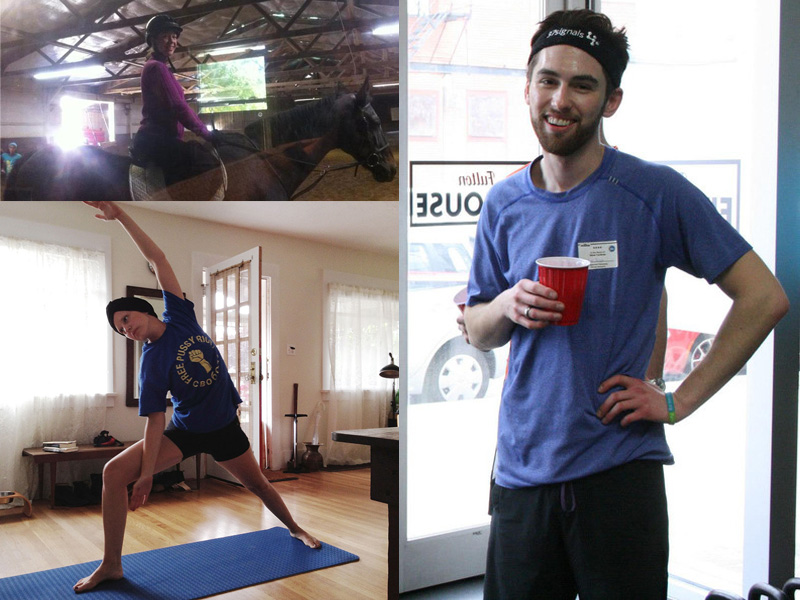 Andrea on horseback, Michael at Fulton Fit House, and Kristin in an extended side angle pose.
Andrea on horseback, Michael at Fulton Fit House, and Kristin in an extended side angle pose. 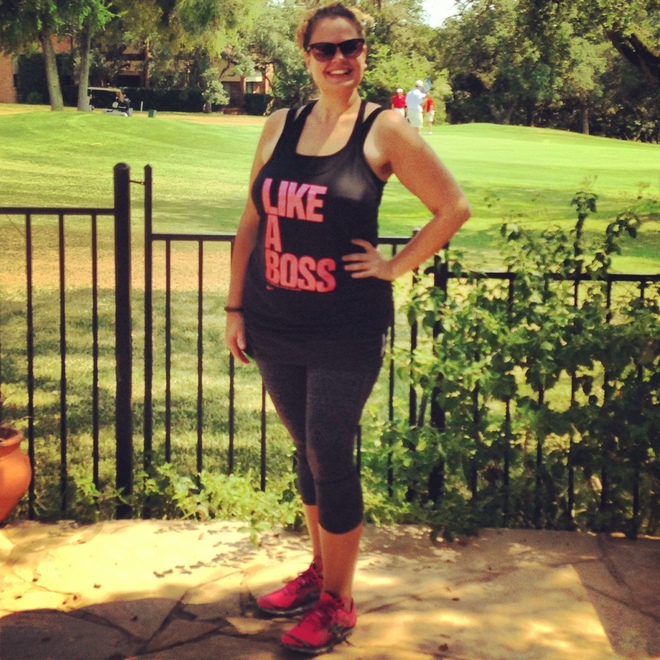

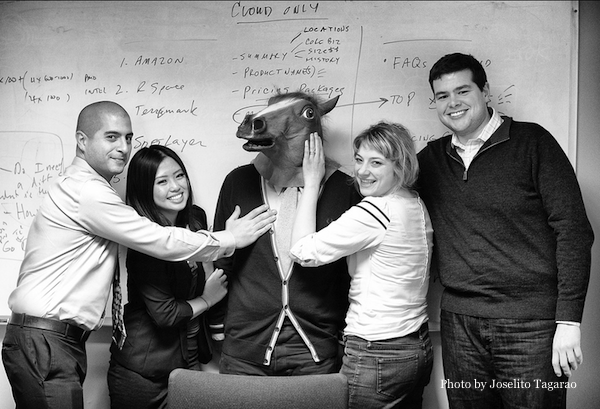

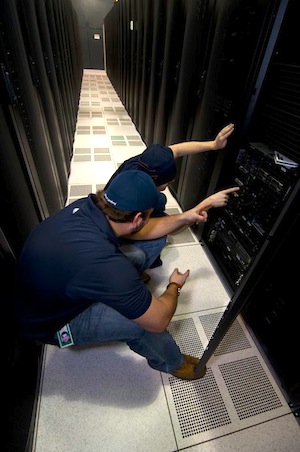
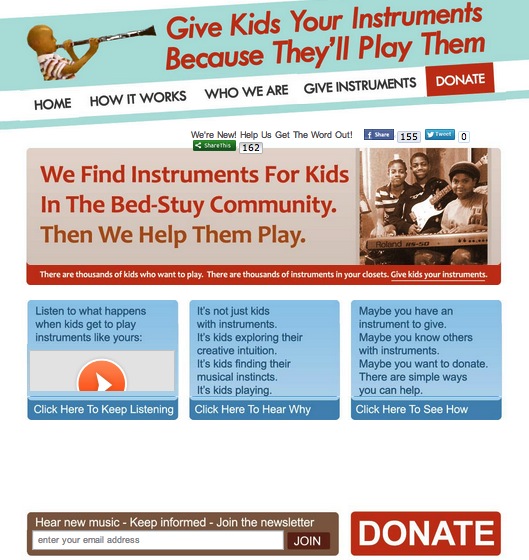
 Mike Chang and Eric Grismer in China, July 2009. “Obviously we weren’t taking ourselves too seriously at the time if we planned to leave the country only a couple of weeks after launching the site.”
Mike Chang and Eric Grismer in China, July 2009. “Obviously we weren’t taking ourselves too seriously at the time if we planned to leave the country only a couple of weeks after launching the site.”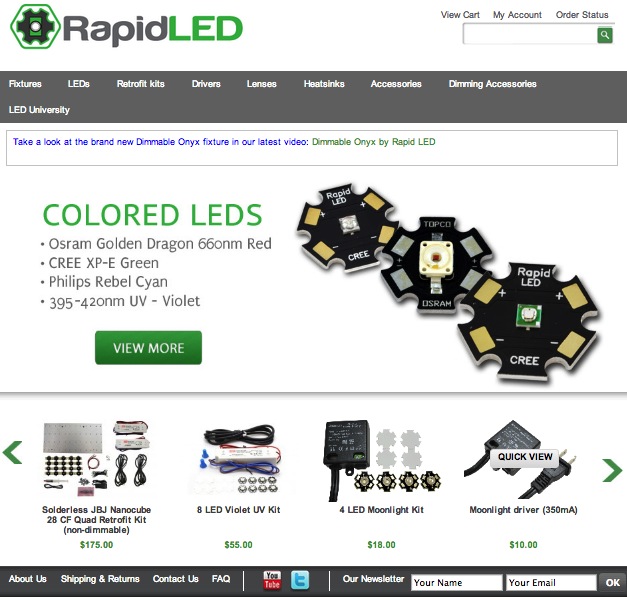
 after the friends Chang crashed with that first year: Soohyun Cho and Peter Koo. Cho and Koo ended up marrying, and celebrated the birth of their daughter Evelyn in Dec. 2012.)
after the friends Chang crashed with that first year: Soohyun Cho and Peter Koo. Cho and Koo ended up marrying, and celebrated the birth of their daughter Evelyn in Dec. 2012.)
